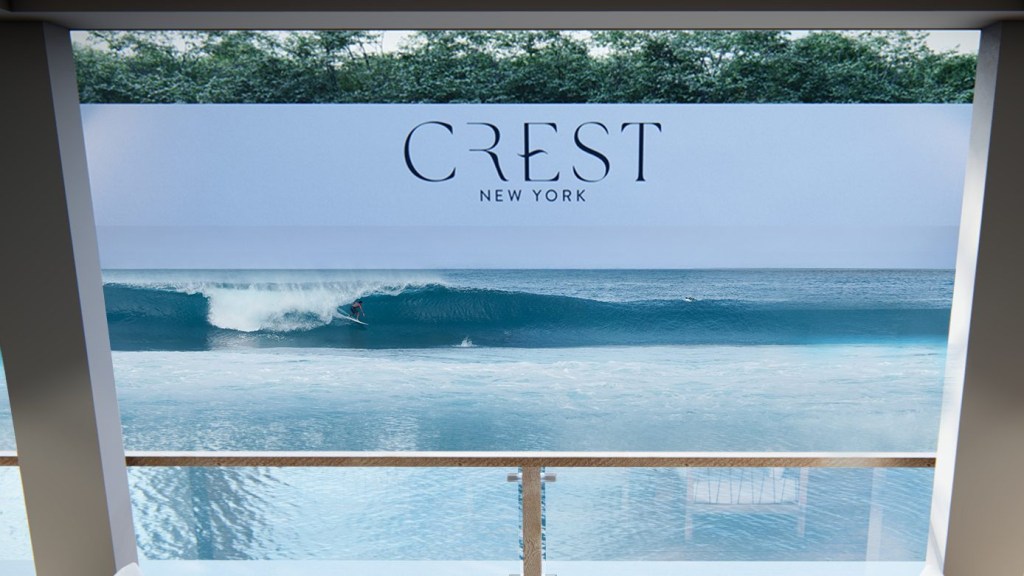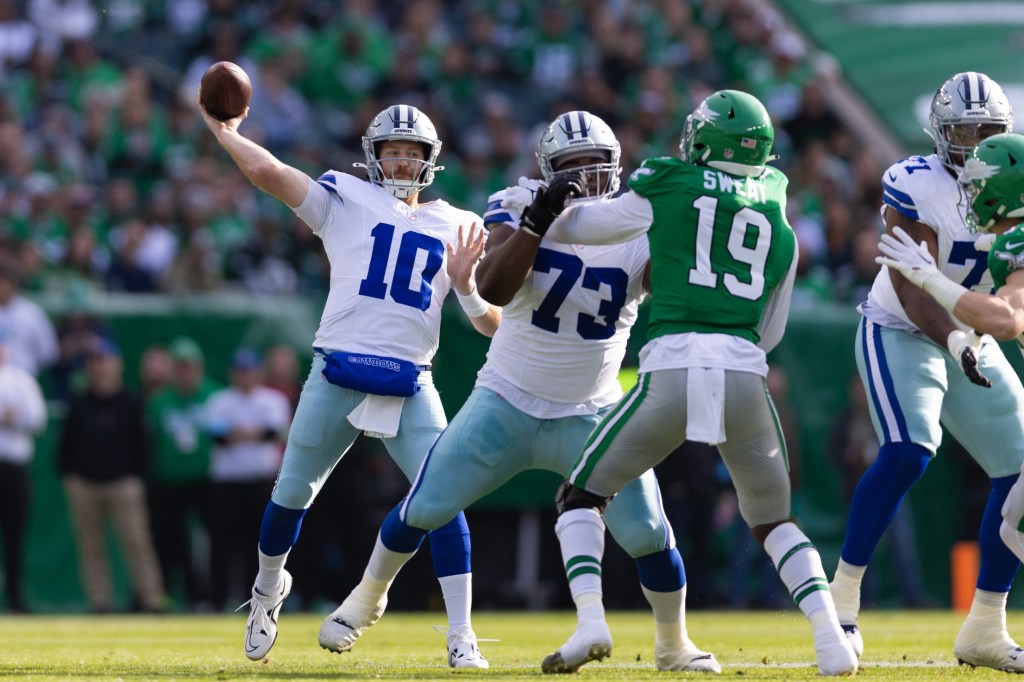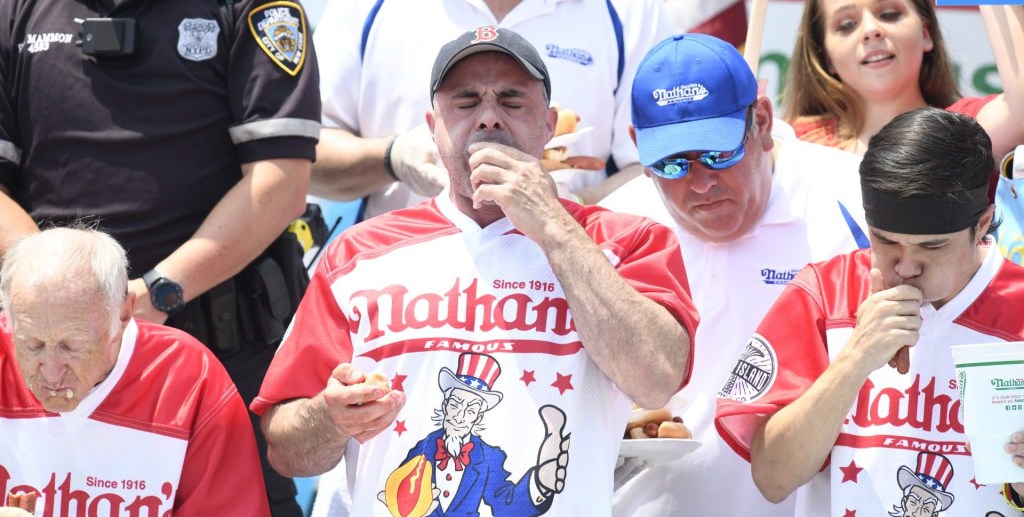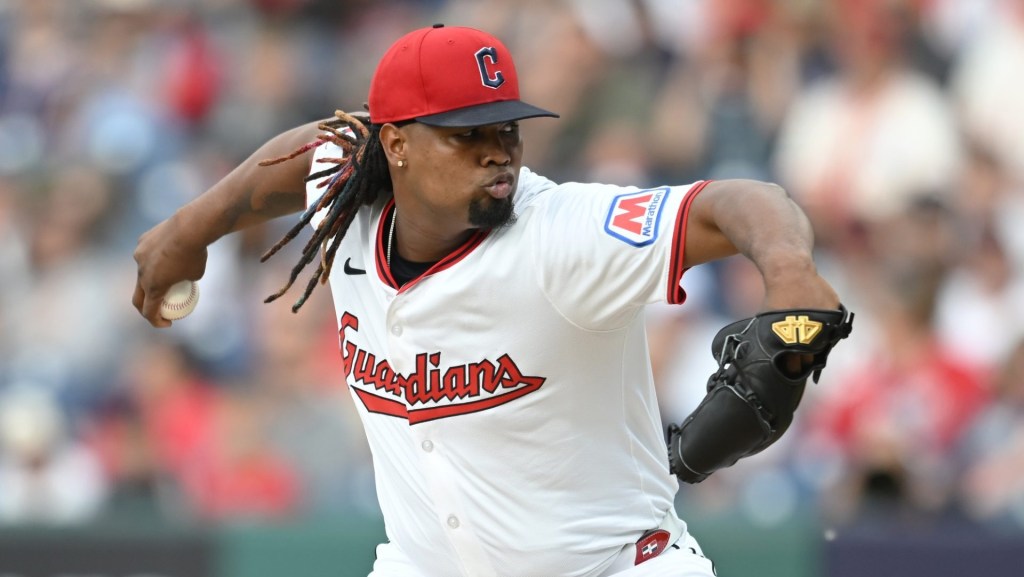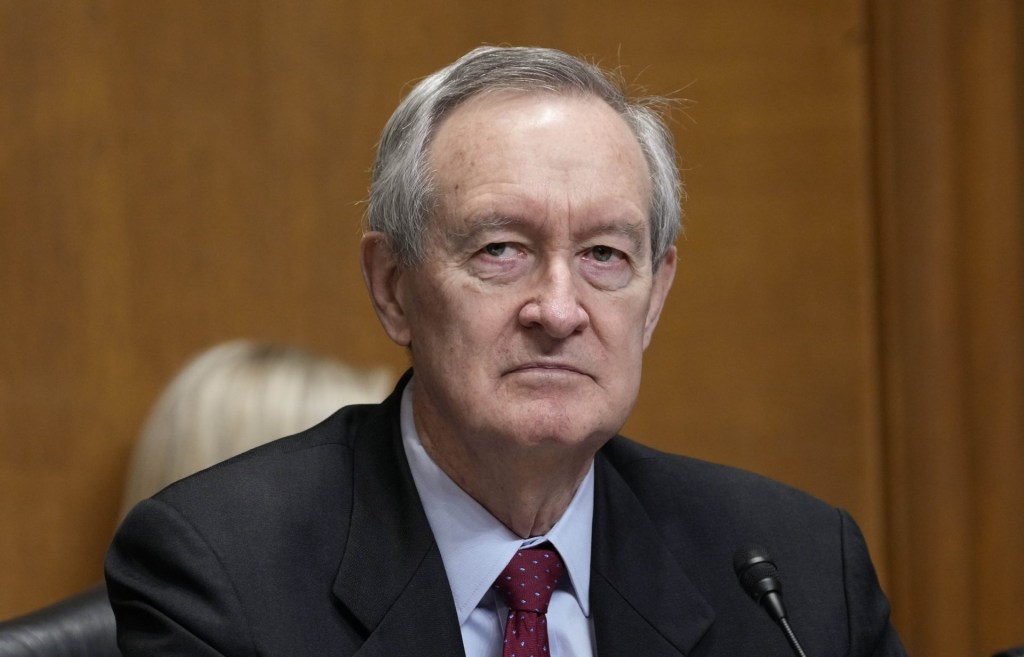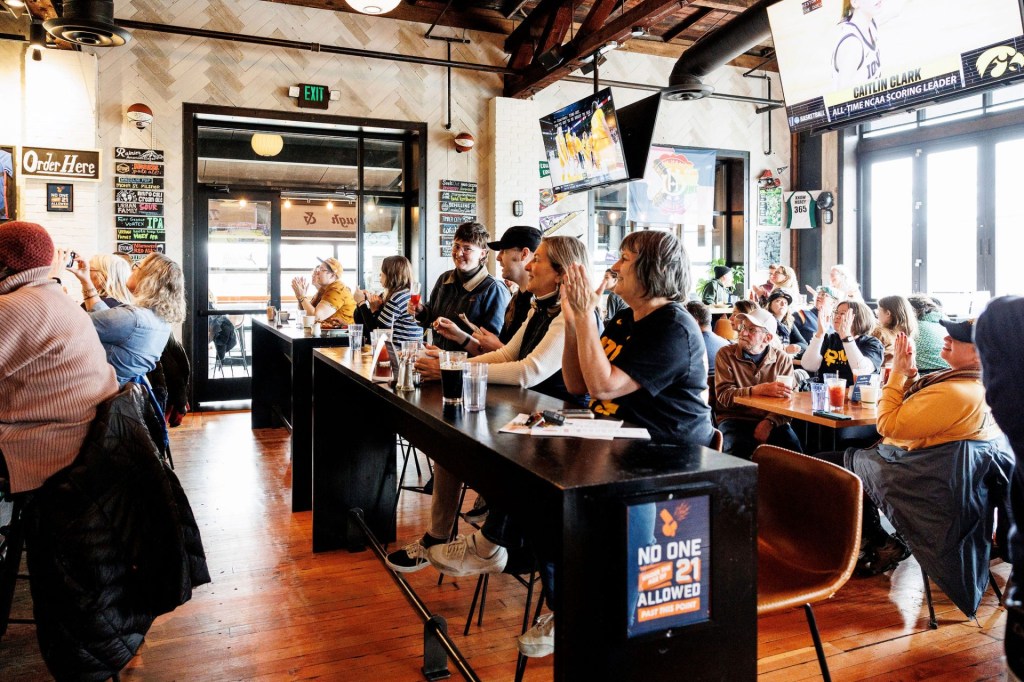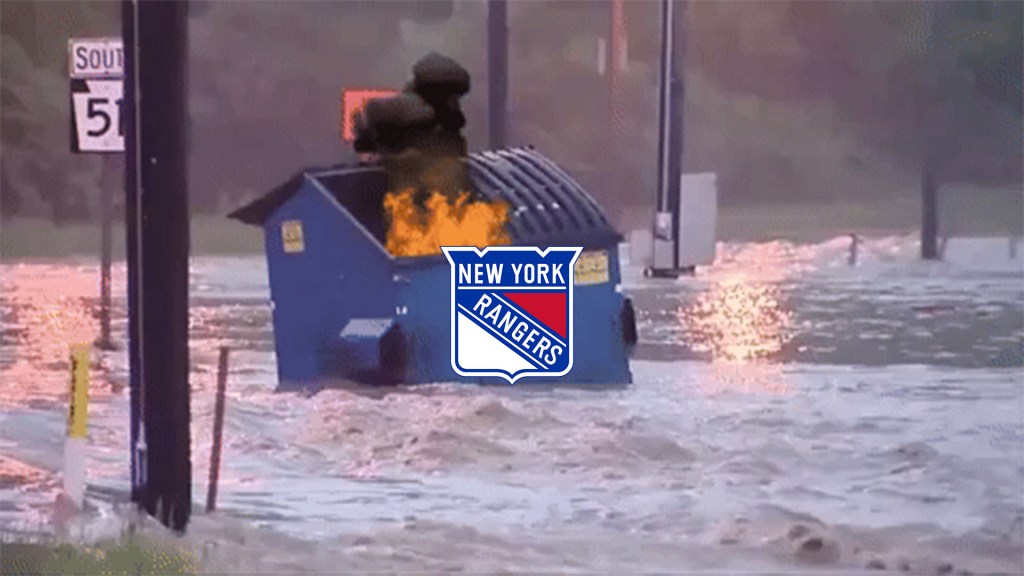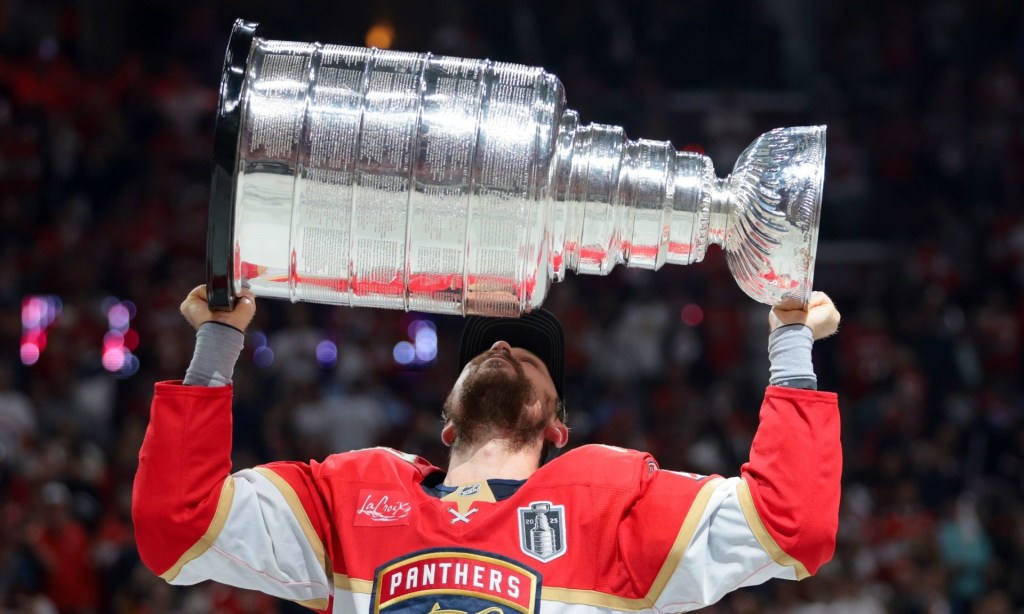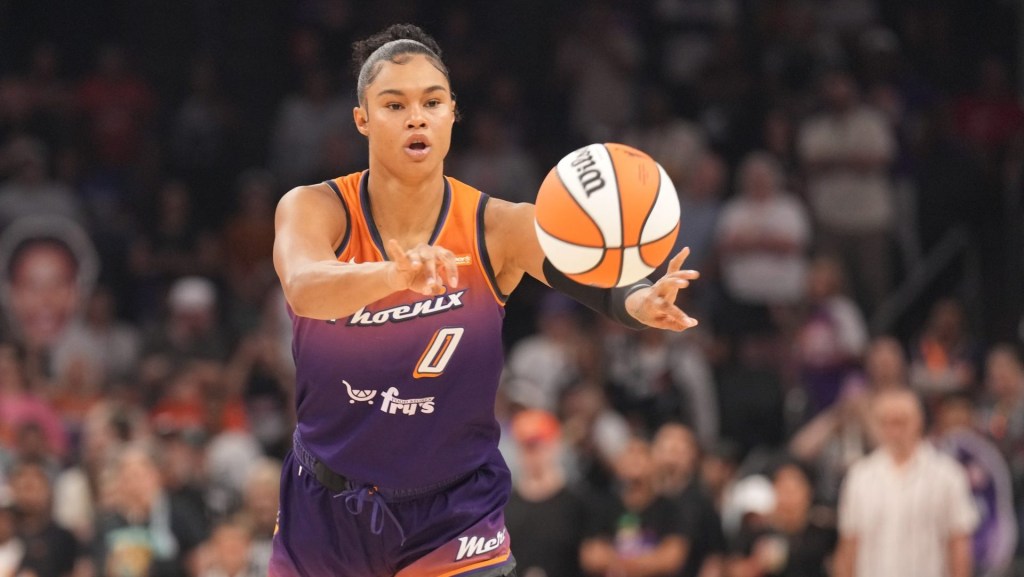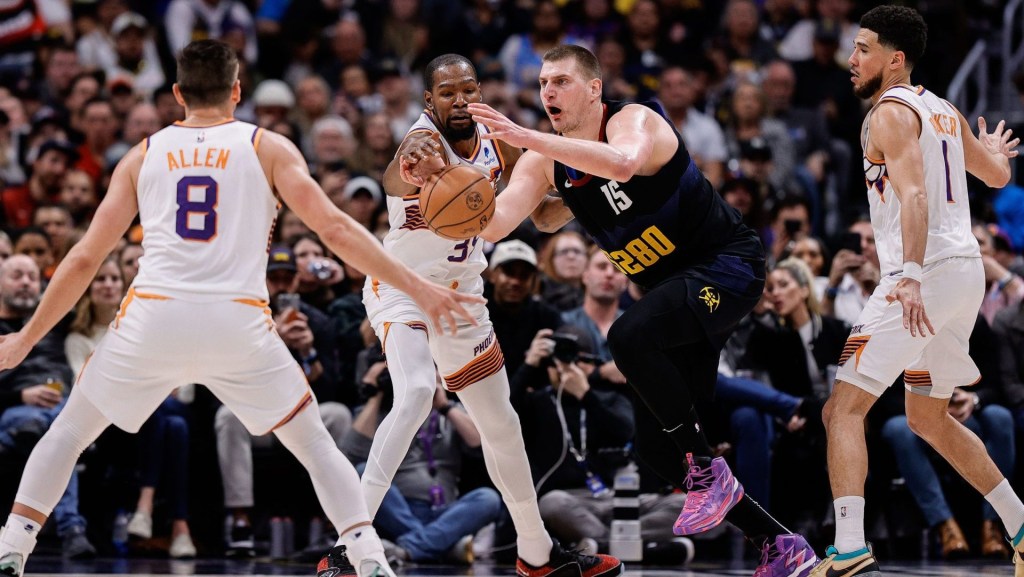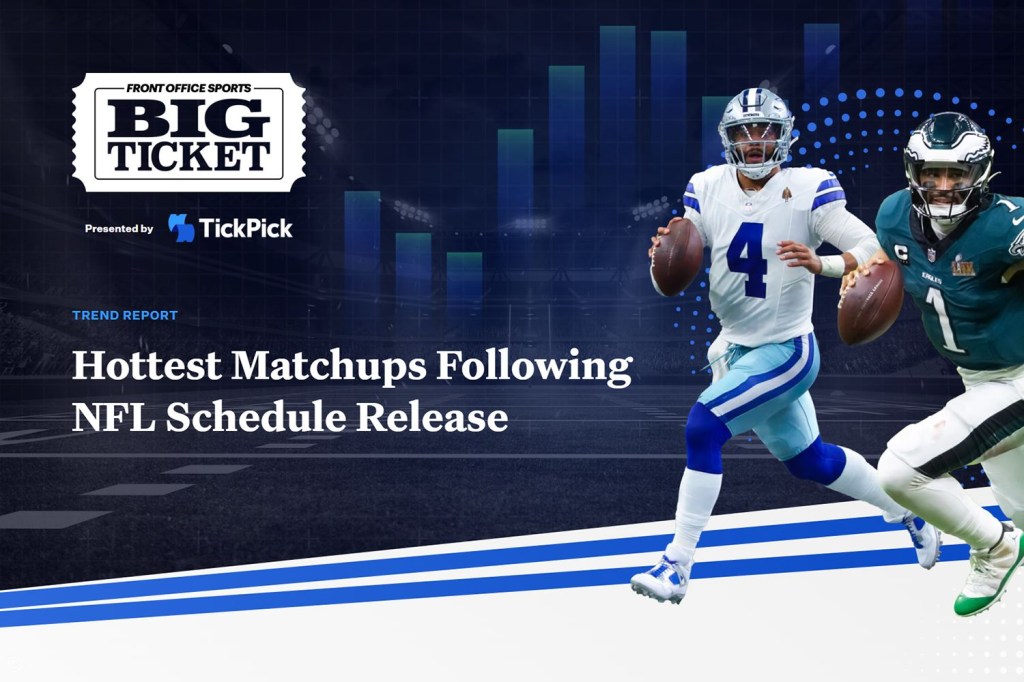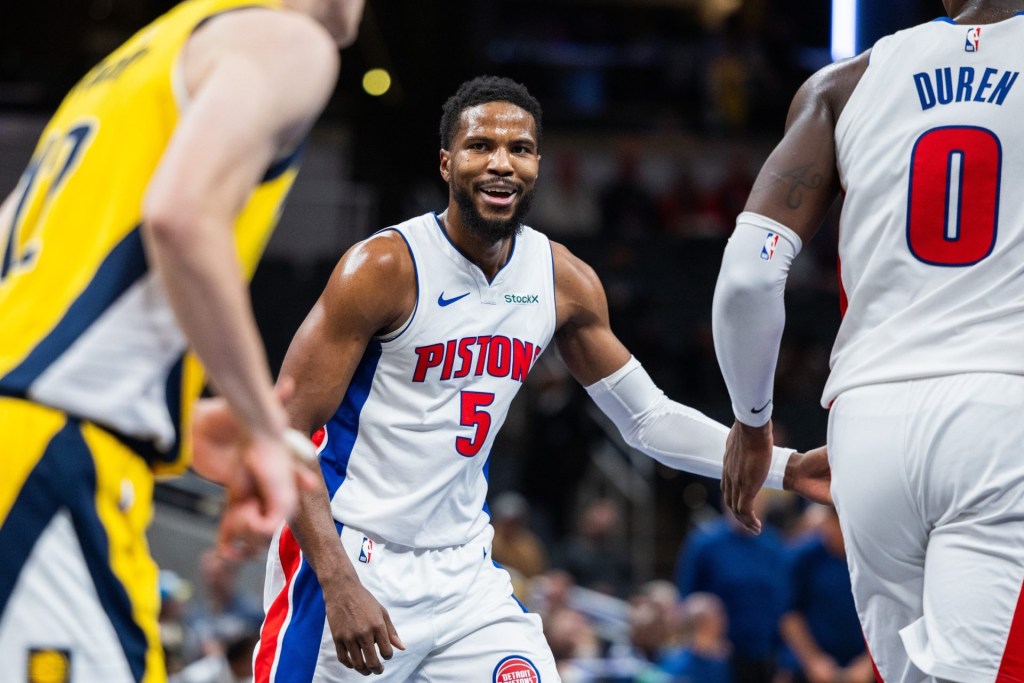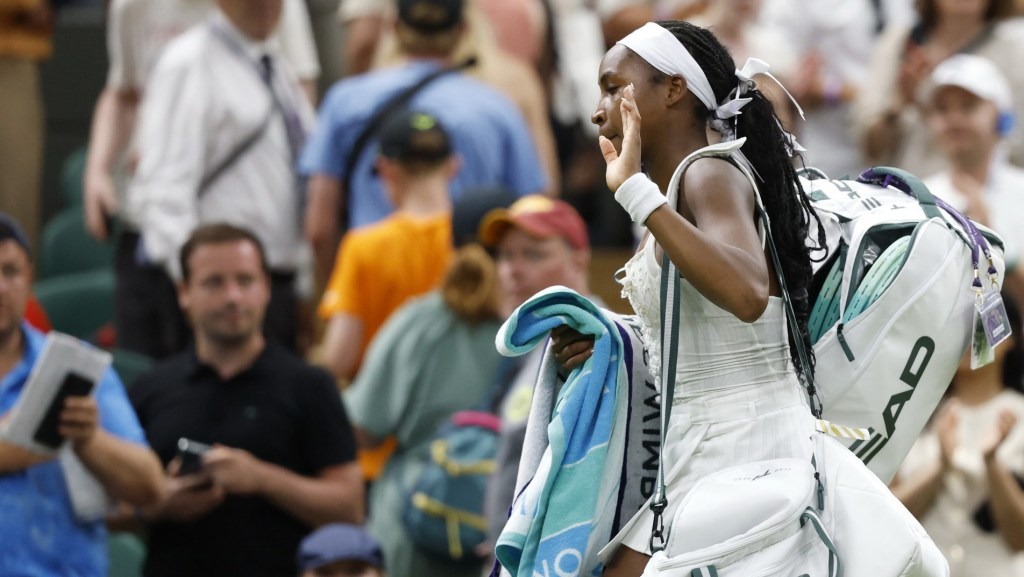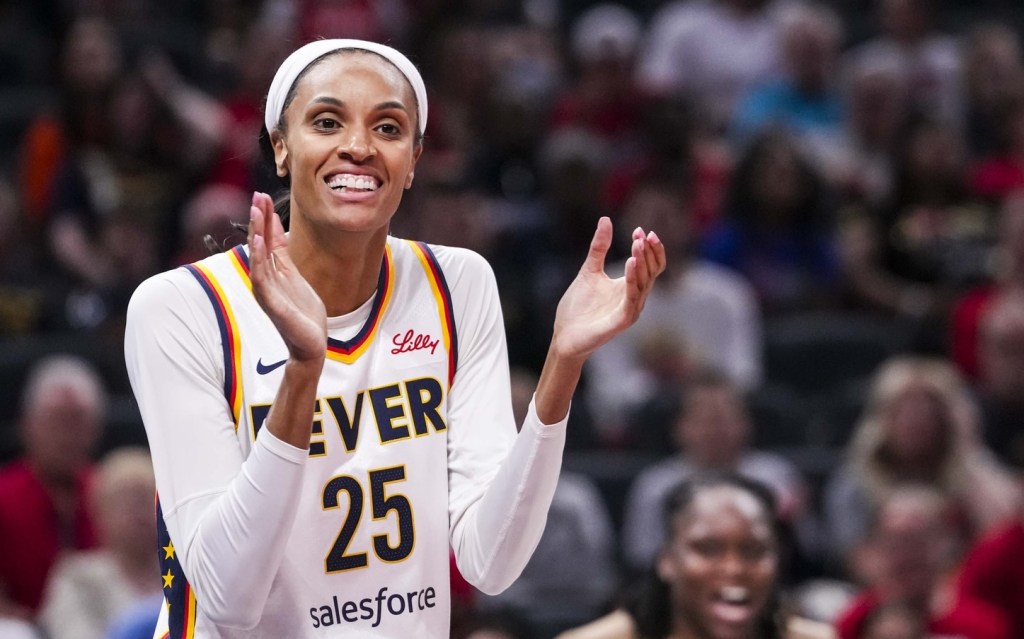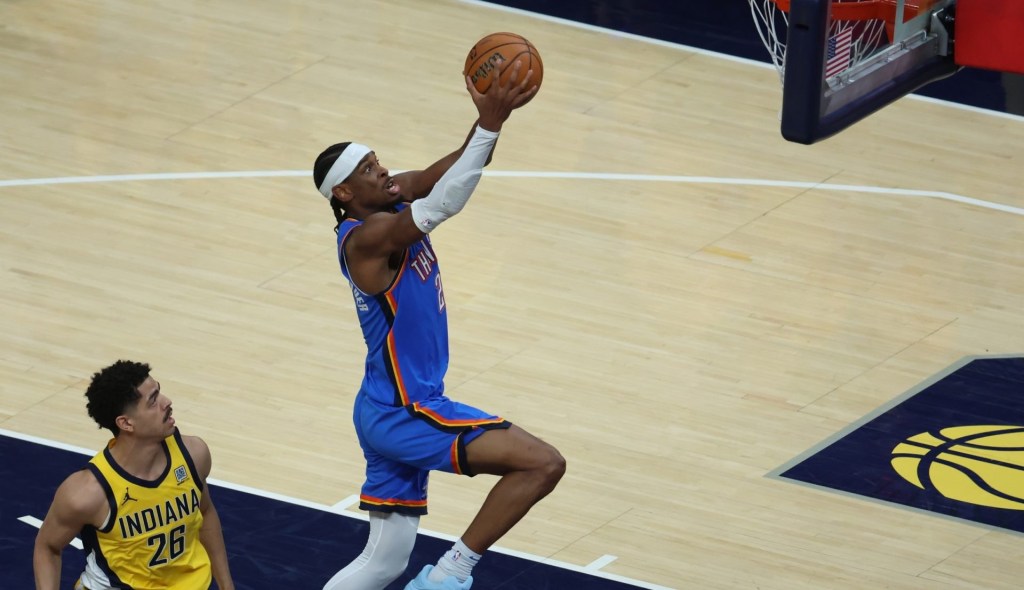After Kendall Coyne Schofield won the inaugural PWHL title in 2024, she placed her infant son, Drew, into the Walter Cup. It was an iconic moment for the Minnesota Frost captain herself, but also the visibility of motherhood in professional sports.
Coyne Schofield, 32, has been one of the most impactful presences in women’s hockey on the world stage as well as within the new North American pro league: She is both a star player and leading advocate for the game. The PWHL is now about halfway through its second season, and Coyne Schofield says the league has seen growth and change both on and off the ice.
There’s plenty of success and positive evolution, but there’s still work to do—especially for the game’s growing group of mothers. She spoke to Front Office Sports about her experiences of shouldering the duties of parent and professional athlete, the resources that have made all the difference, and where women’s sports need to go to create a better future for parents, families, and athletes. This interview has been edited for length and clarity.
You’re having a great season with the Frost. Tell me how the transition into a team with a name and identity has been, coming off last year where you were just playing with your state and city names.
I think Year Two in the PWHL has been even more successful than Year One. Year One will always be the most successful in a special way in terms of the landscape and the evolution of professional hockey in the world, specifically for women’s hockey. I think that’ll always be the icing on top of the cake, but we’ve seen just tremendous success already in Year Two.
Our fans are showing up, and as you mentioned, this year each team has an identity. You see the merch flying off the shelves. You season tickets flying off the shelves. You see and feel the consistent support. It’s not just one-off here, one-off there. It’s every day. It’s becoming a part of our mainstream conversation, and the awareness, the platform, the investment.
What are you personally figuring out during your second season that you didn’t necessarily know when you stepped on the ice last year?
Last year we played 24 games, so it was a little bit of an abbreviated season, given we started January 1. This season, it’s 30 games in the regular season, and I think with the increase in games, when you hit that 24-game mark, you’re like, “Wow, now we still have six more games to go.” You got that feel of what 24 games felt like and that was tough last year, and then now it’s 30 games and you’re really feeling it.
We are playing many neutral-site games as well. I think the increase in travel and how much more aware you need to be around your body and what you’re eating, your sleeping habits, all of those things play a role in how you perform night in and night out.
The PWHL drew nearly 400,000 fans during its 2024 regular season.
— Front Office Sports (@FOS) March 24, 2025
As the league continues to grow, Minnesota captain @KendallCoyne credits the fans in the stands as much as the players on the ice.
“We all need to continue to show up.” pic.twitter.com/1bPv0mSJnH
What do you think the biggest changes have been while you’re playing, and also the way you’ve been accommodated and treated when you are not in the heat of a game?
We’re on the road quite a bit more than we were in Season One, given the fact that we’re playing six more games. So, that’s three additional road trips in addition to the takeover tour. And then for some players, if they have national team commitments, they’re abiding by those on top of everything else.
One thing that changed a little bit from last year were the hotels that we’re staying at, whether they’re in close proximity to the rink. They’re a little bit improved, whatever it may be, but I would say that’s been one difference. Players have also been enjoying the Uber vouchers to the airport. We all just leave from our homes, go right to the airport, get there. We don’t touch our hockey bags. I don’t know if I’ve lifted a hockey bag this year.
Especially after winning the Walter Cup, you’ve really built an identity as a mother that’s as pronounced as your identity as a pro athlete. Why has it been so important to you to make your parenthood so visible?
It’s who I am. It’s part of me. It’s honestly all of me. And that’s first and foremost for anything that I do in my life—my family, my son will always be my priority. It was a journey to get to this point. I knew it was going to be hard—I didn’t know how hard.
What were some of those challenges?
Recovering and healing the body itself. The support that women receive postpartum is not good enough. I think a lot of women are told, “It’s been six weeks, go ahead, go return to work.”
I was recovering and trying to accomplish something that for my body was physically and mentally demanding. Returning to hockey at the highest level, I knew I needed to pay extra attention to my body. And after six weeks, getting the, “You’re good to go”—I was like, “No, I’m not, I have a long way to go until I really am truly good to go and to get back on the ice.”
Even just from a strength-conditioning standpoint, there’s a niche out there of high-level athletes who are pregnant or are looking to return to their sport. How do they train? How do they work out? What can they do? What can’t they do? I had a period where I was like, “What do I do?” And trying to find that answer was challenging at times.
For players with children under one, the PWHL provides support for:
— Front Office Sports (@FOS) March 24, 2025
• A nanny
• A hotel
• Meals@KendallCoyne tells @meredithturits that the PWHL still has “ways to go” compared to the USWNT, Unrivaled, and other leagues. pic.twitter.com/AkHz0DNOtc
There are certainly varying levels of support for athletes in women’s leagues. What do you think are those big adjustments that leagues should be thinking about making to better support their athletes?
I think we have a long way to go when it comes to that. I think of even my first world championship and not having a space to breastfeed. My son was eight months old, and these are things that aren’t top of mind. I think there are things where it’s like, “Well, it’s only one athlete.” Well, to that one athlete, it’s everything.
I look at the U.S. women’s soccer team and their collective bargaining agreement, and it’s light-years ahead. You looked at Unrivaled and the support that they had this year. So, I think there are blueprints out there that we can learn from. But there’s still a ways to go.
I will say that when I announced my pregnancy, I still had my support from USA Hockey all the way up until six months postpartum. And from the USOPC [United States Olympic & Paralympic Committee] standpoint, you get supported for an entire year. In addition, USA Hockey provided childcare for those six months.
There’s maternity benefits in the PWHL as well. They provide support for a nanny, a hotel, and meals on the road for a player who has a child under one. That was critically important to me last year, especially when I was in Minnesota by myself, and had to have a nanny travel with me. That was the only way that I could make it work. That’s actually not in the collective bargaining agreement. That was something that the league came to the union and said, “This is the right thing to do.”
Do you feel like there’s a collective push and some organization from multiple players to be able to help make those changes and fill those holes?
I mean, we have to. Our CBA isn’t up for another six years in the PWHL, but I do think when whoever it is that gets back at that table, there’s definitely improvements that we can make.
I remember going to the draft in 2023 and my son was only a few months old. And when I got there, someone from the league said, “Here’s a breastfeeding room. Here’s a fridge.” And what I remember from that draft is spending most of the time in that room taking care of what I needed to take care of. But to walk into a space and know that I’m not panicking—just something like that means everything.
And when you talk about the changes that need to be made, right now it’s only a small group of players who are moms. I’ve learned that there are a lot of things you don’t understand until you do have a child. So, as much as it can be exhausting for the players who have children to constantly fight the fight or bring awareness to what it is that is needed, we have to do it. That’s O.K., and us hockey moms would be proud to help improve the landscape so that the next mom who comes through and wants to continue playing and have a family can do it. And it’s a little bit easier for her than it is for the players of today.

